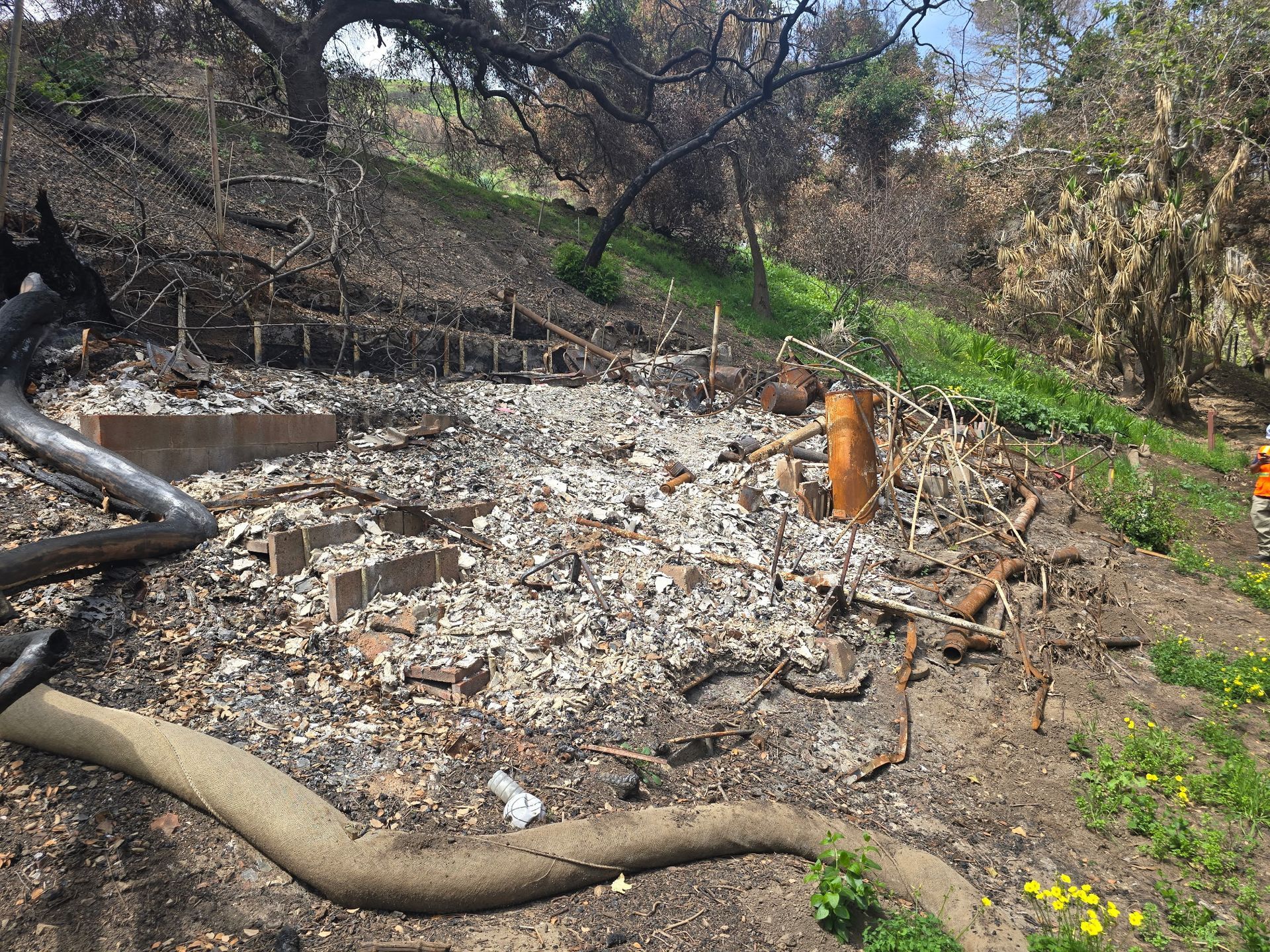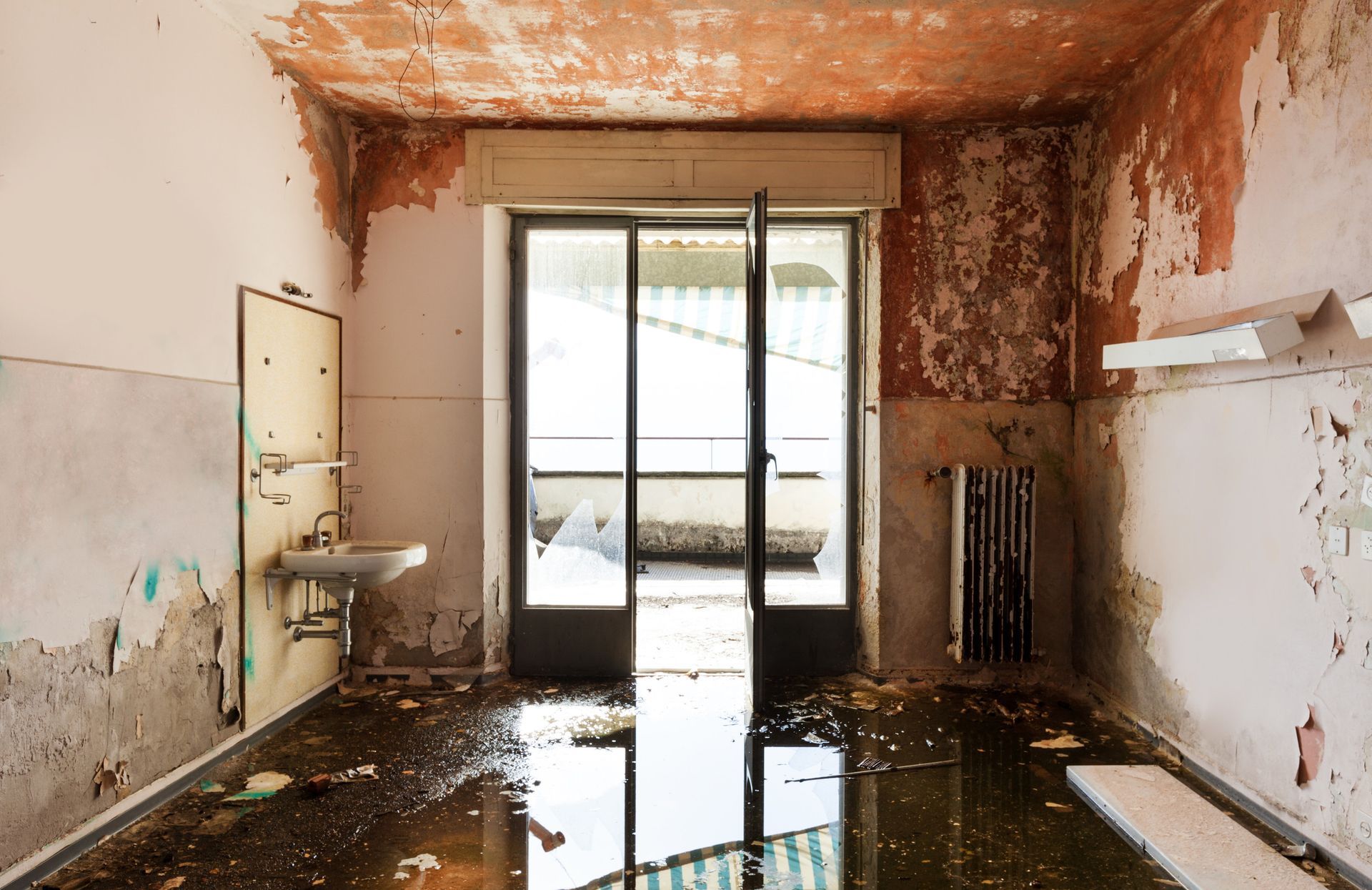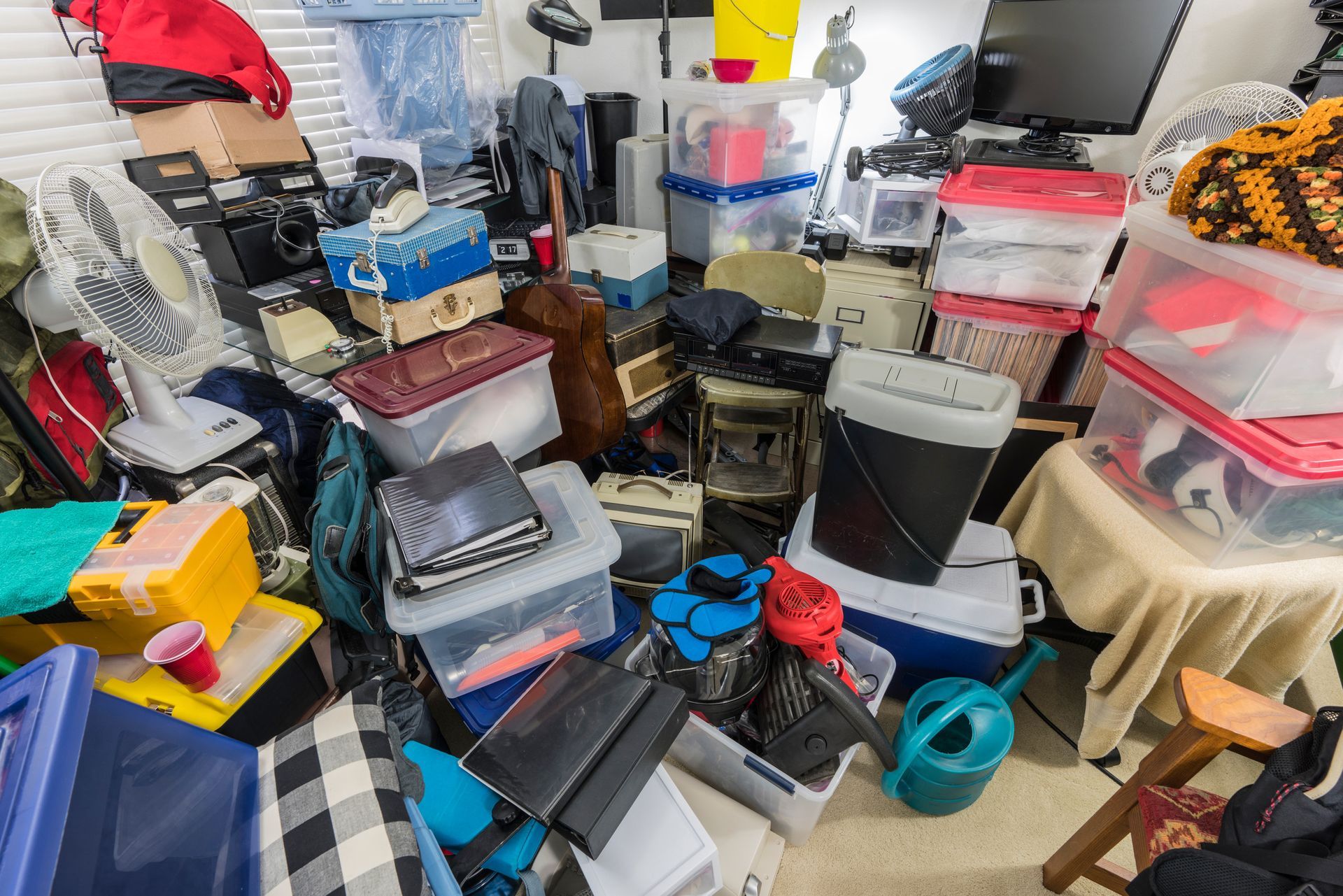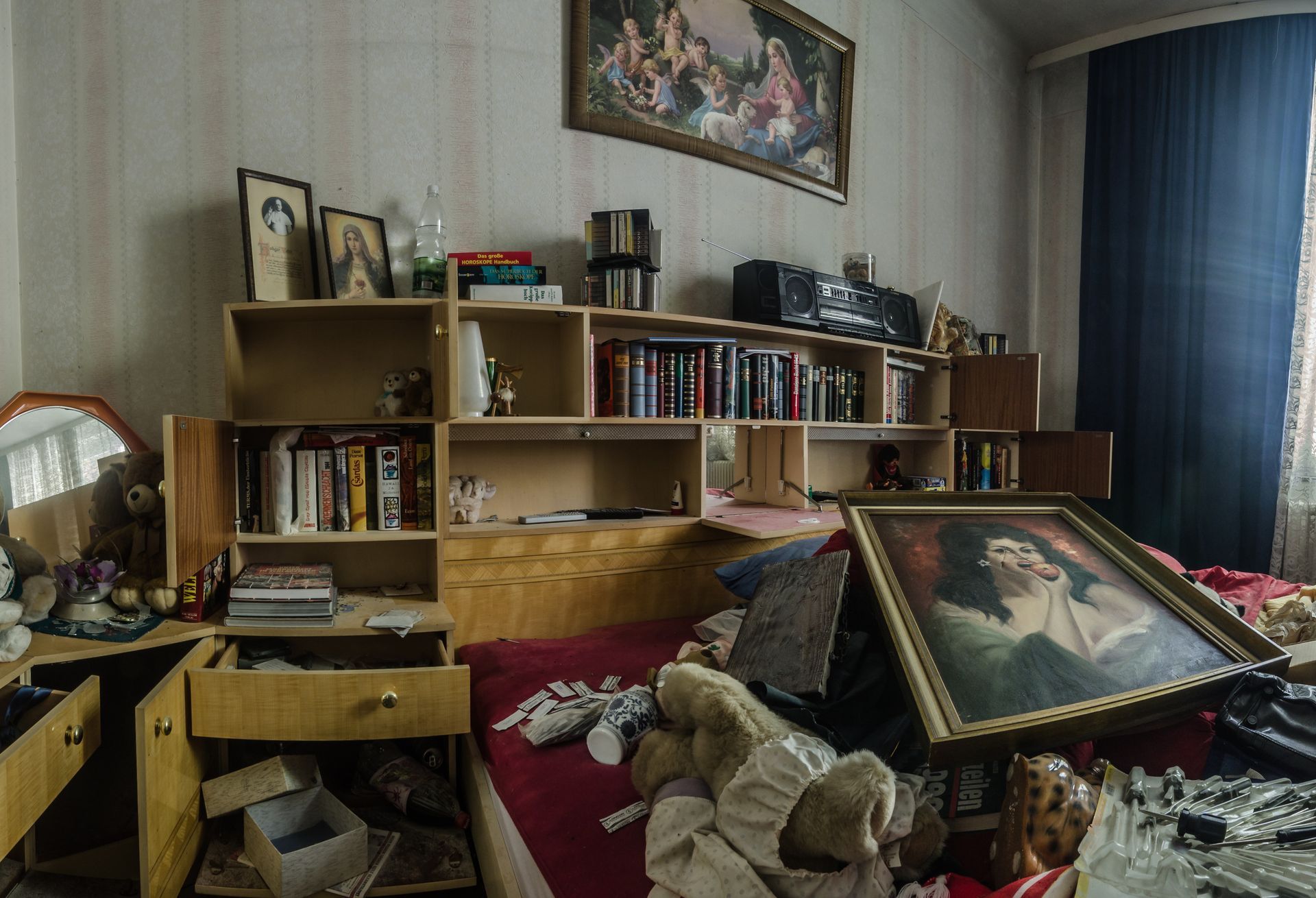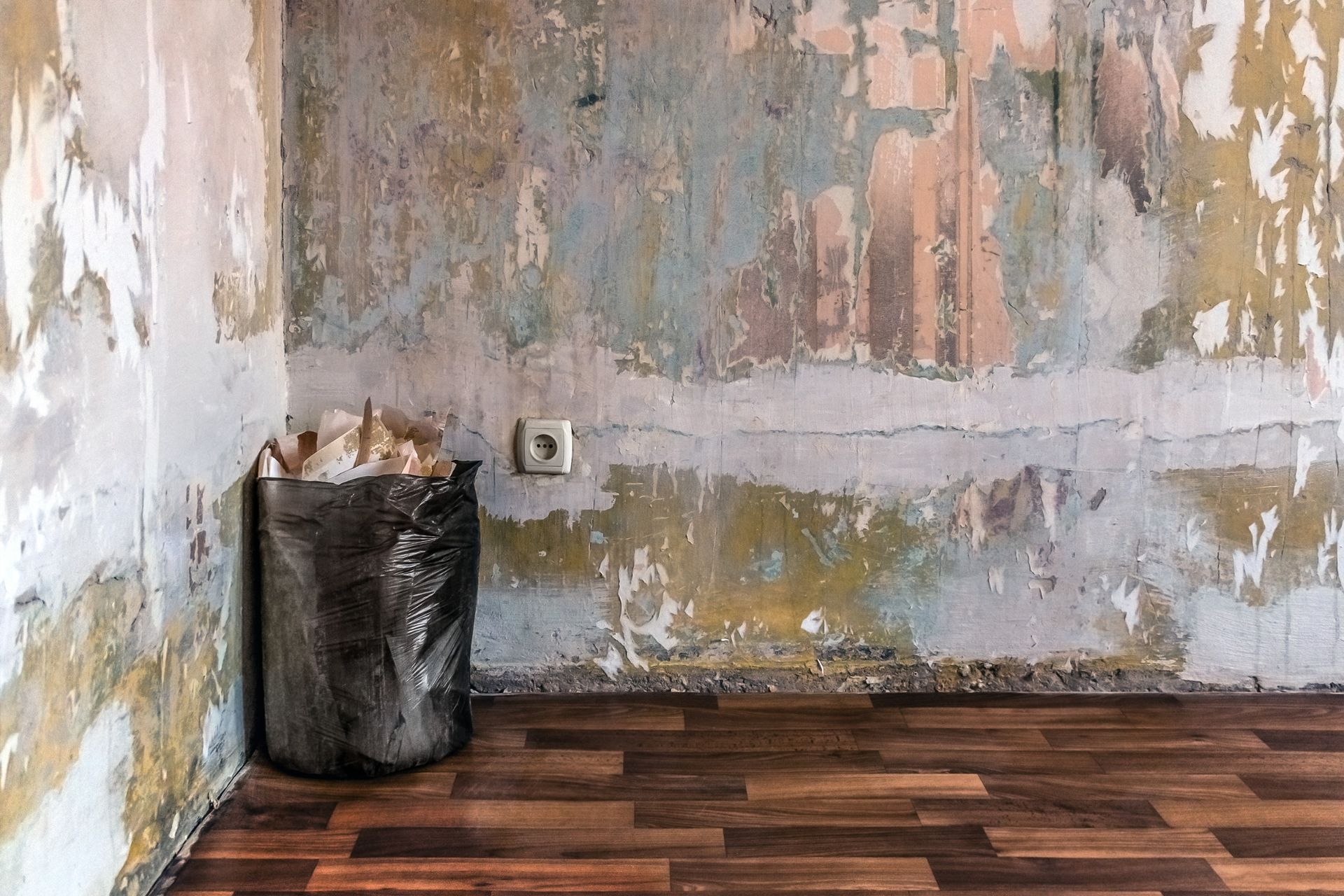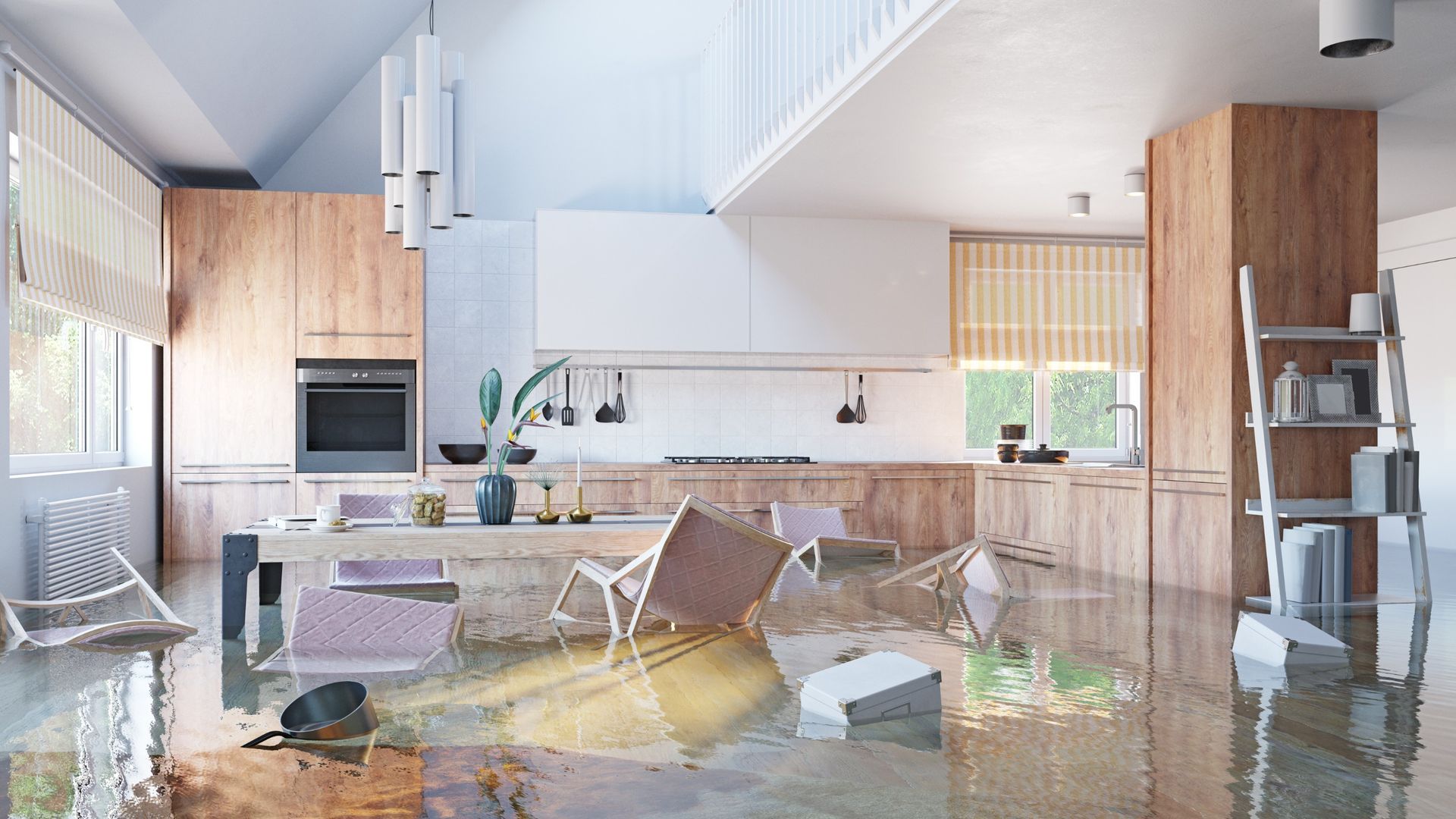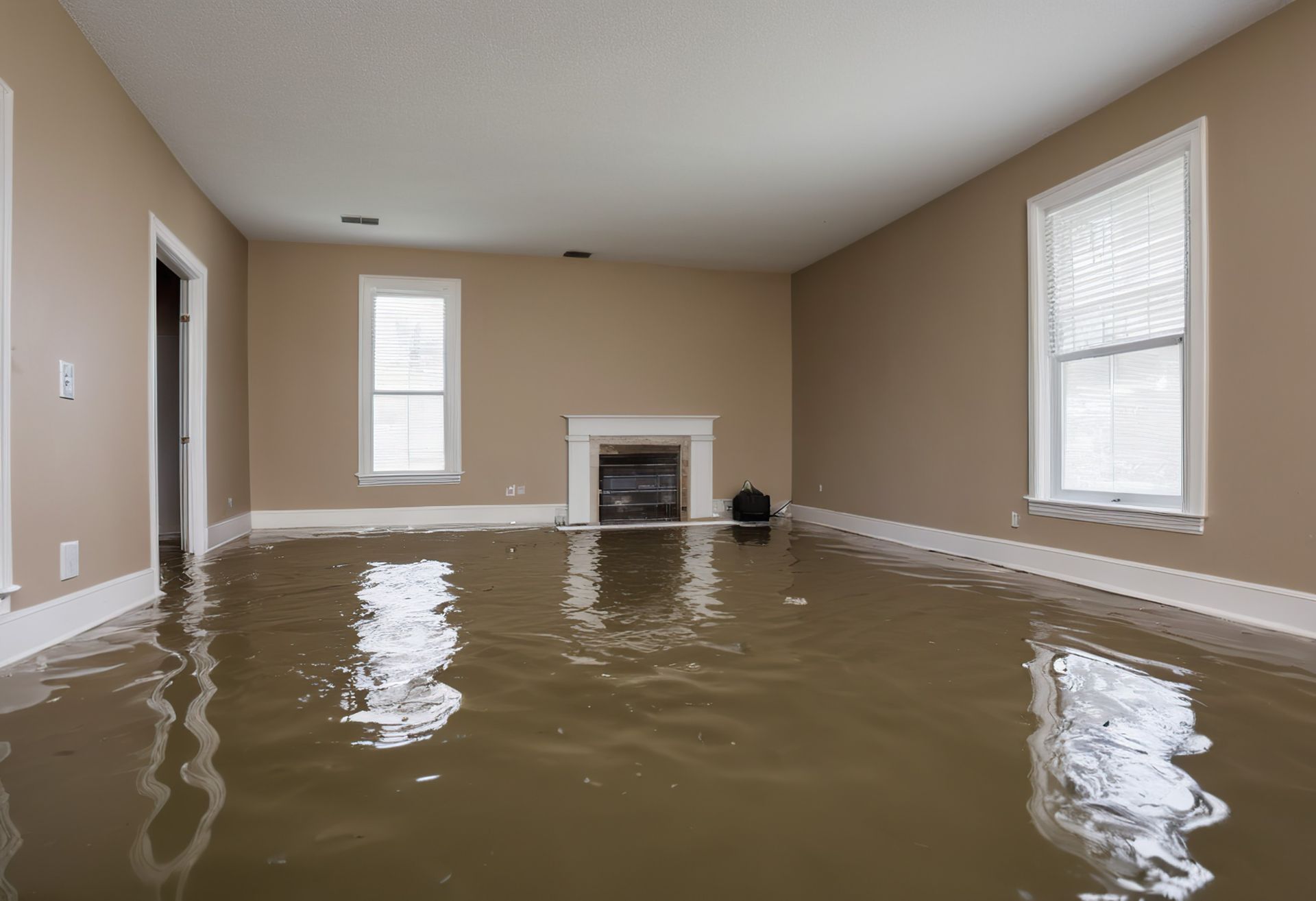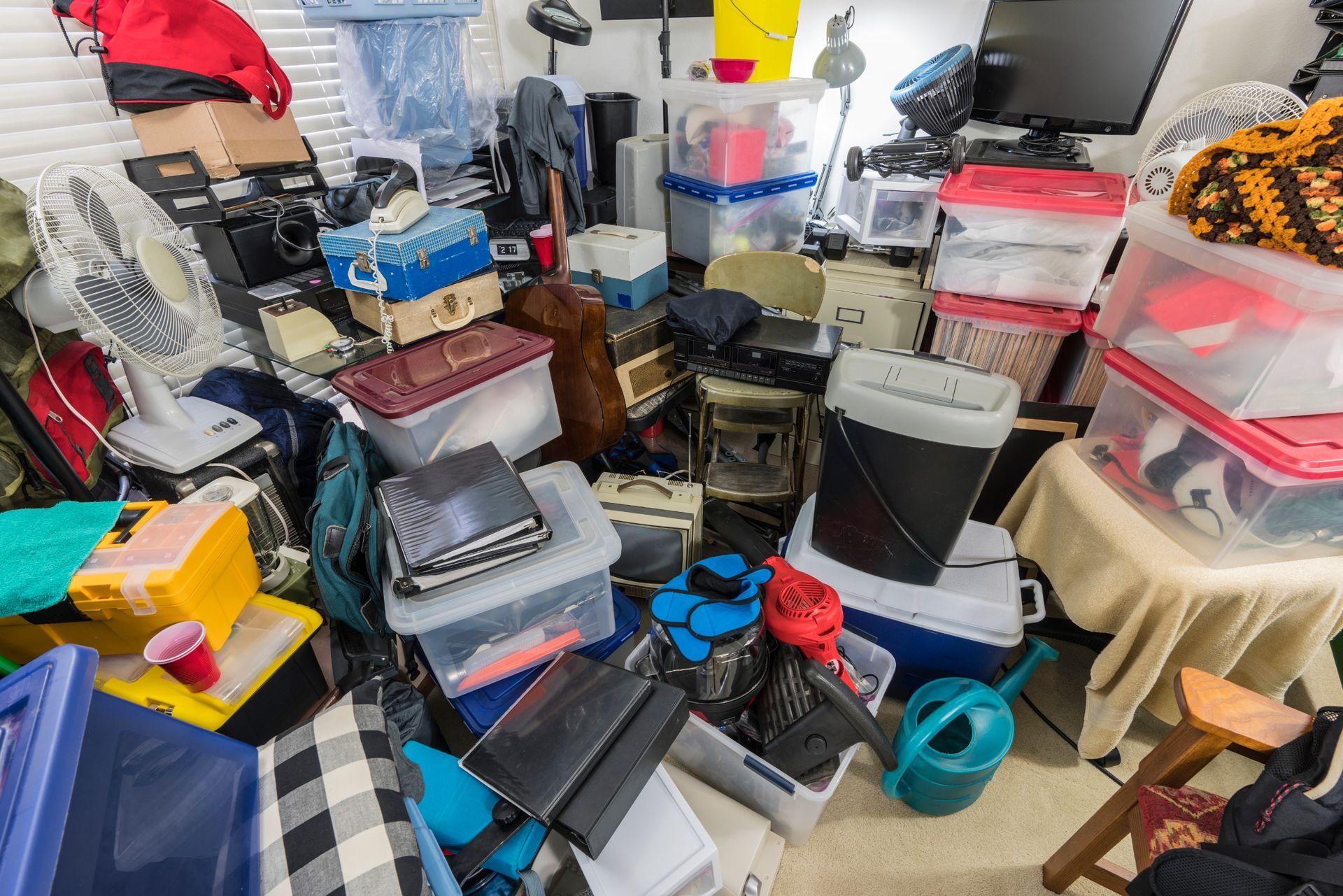Bleach and Mold Clean-Up After Disasters: What You Need to Know
In the aftermath of a natural disaster, such as a hurricane or flood, dealing with the damage can be overwhelming.
One of the most pressing issues is mold growth, which can pose serious health risks if not properly addressed. While many people turn to bleach for mold clean-up, it’s crucial to understand when and how to use it effectively.
This blog post will guide you through everything you need to know about using bleach for mold clean-up after disasters, ensuring that your home is safe and healthy once again.
Why Mold Grows After Disasters
Environmental 911 offers water damage restoration services in Pasadena, addressing issues caused by heavy rainfall or plumbing failures. Their skilled team efficiently restores properties to prevent mold growth and health hazards, ensuring peace of mind during challenging times. Trust them to safeguard your space from water-related damage.
These spores are naturally present in the air and settle on wet surfaces, where they begin to grow within just 24 to 48 hours. The combination of moisture, warmth, and organic material provides the ideal conditions for mold proliferation.
This rapid growth can lead to significant health problems, including respiratory issues, allergic reactions, and even infections. Therefore, addressing mold quickly and effectively is essential for your well-being and that of your family.
The Health Risks of Mold Exposure
Mold exposure can have a variety of health effects, especially for those with pre-existing respiratory conditions, allergies, or weakened immune systems. Common symptoms include:
- Coughing and wheezing
- Nasal congestion and throat irritation
- Skin rashes and eye irritation
- Severe asthma attacks for those with asthma
Long-term exposure to mold can exacerbate these symptoms and lead to more severe health issues. It’s essential to address mold growth promptly to avoid prolonged exposure and potential health complications.
The Role of Bleach in Mold Clean-Up
Bleach is a common household cleaner known for its disinfecting properties. It’s often used for mold clean-up due to its ability to kill mold spores. However, bleach is not always the best solution for every situation, and understanding its limitations is crucial.
When to Use Bleach for Mold Clean-Up
Bleach can be effective for cleaning mold on non-porous surfaces like tiles, glass, and metal. These surfaces do not absorb moisture, allowing bleach to kill mold spores on contact. Here’s when you should consider using bleach:
- On hard, non-porous surfaces
- When mold growth is minimal and localized
- In well-ventilated areas
However, using bleach on porous materials like wood, drywall, or fabric is not recommended. Bleach cannot penetrate these materials, leaving mold roots intact and allowing regrowth over time.
The Limitations of Bleach
While bleach can be effective in certain situations, it has several limitations:
- It does not penetrate porous materials.
- It can produce harmful fumes.
- It may cause discoloration or damage to surfaces.
Additionally, bleach loses its effectiveness over time, especially when exposed to light and air. Therefore, relying solely on bleach for extensive mold clean-up may not be the best approach.
Alternative Mold Clean-Up Methods
For porous materials and extensive mold growth, alternative cleaning methods are more effective. Some options include:
- Soap and water for light mold growth
- Commercial mold cleaners specifically designed for porous surfaces
- Natural remedies like vinegar and baking soda
These methods can be more effective in reaching mold roots and preventing regrowth without the harmful effects of bleach.
Safety Precautions When Using Bleach
If you decide to use bleach for mold clean-up, taking safety precautions is essential to protect yourself and others in your household:
- Always wear protective gear, including gloves, goggles, and a mask.
- Ensure proper ventilation by opening windows and using fans.
- Never mix bleach with other cleaning products, as this can create toxic fumes.
- Dilute bleach with water (one cup of bleach per gallon of water) to reduce its potency while maintaining effectiveness.
Step-by-Step Guide to Using Bleach for Mold Clean-Up
Follow these steps for effective and safe mold clean-up using bleach:
- Prepare the Area: Remove any items from the affected area and ensure proper ventilation.
- Wear Protective Gear: Put on gloves, goggles, and a mask to protect yourself from harmful fumes.
- Mix the Bleach Solution: Combine one cup of bleach with one gallon of water in a bucket.
- Apply the Solution: Use a sponge or cloth to apply the bleach solution to the affected area. Allow it to sit for 10-15 minutes.
- Scrub the Surface: Use a brush or sponge to scrub the moldy area thoroughly.
- Rinse and Dry: Rinse the area with clean water and dry it completely to prevent further mold growth.
Post-Clean-Up Considerations
After cleaning the mold, it’s crucial to take steps to prevent future mold growth:
- Fix any leaks or water damage promptly.
- Ensure proper ventilation in your home.
- Use a dehumidifier to reduce moisture levels.
- Regularly inspect your home for signs of mold.
Taking these steps can help maintain a mold-free environment and protect your health.
Professional Mold Remediation
In cases of extensive mold growth or when dealing with porous materials, professional mold remediation may be necessary. Mold remediation specialists have the expertise and equipment to effectively address mold issues and ensure your home is safe.
The Importance of Documenting Mold Damage
When dealing with mold after a disaster, documenting the damage is crucial for insurance purposes. Take photos and keep records of the affected areas, the cleaning process, and any professional remediation services used. This documentation can help support your insurance claims and ensure you receive the necessary assistance for repairs and asbestos clean up.
Conclusion
Dealing with mold after a disaster can be challenging, but understanding when and how to use bleach for mold clean-up can make the process more manageable.
While bleach can be effective for certain surfaces, it’s essential to recognize its limitations and consider alternative methods for more extensive mold growth. Prioritizing safety and taking preventive measures can help maintain a healthy, mold-free home.
Ready to Tackle Mold Clean-Up With Confidence?
If the task seems daunting or turns out to be more serious than you initially anticipated, don’t hesitate to seek professional help. Reach out to
Environmental 911 for a consultation to safeguard your home today. Our professional team is highly experienced in
mold remediation in Pasadena, CA, and is equipped with the latest tools and techniques to handle even the most challenging situations. We are dedicated to ensuring your home or business is safe, clean, and free from mold, and we’re ready to assist you at any time, providing reliable and efficient service you can trust!

